
Breakthrough Research Suggests Kidney Damage May Be Reversible After All
In a breakthrough that has the potential to transform the treatment of kidney disease, scientists have recently identified methods that could reverse kidney damage, offering hope that full cures may one day be within reach. For decades, chronic kidney damage has been viewed as largely irreversible—a condition that eventually leads many patients to dialysis or transplant. Now, new research is challenging that assumption.
The approach centers on regenerating or repairing already-damaged kidney tissue and restoring natural kidney function. In early preclinical models—such as rodent studies—researchers have achieved remarkable results: kidneys previously impaired have regained much of their normal activity. For example, a study published in Nature Communications found that blocking the immune-signaling protein interleukin-11 (IL-11) allowed injured kidneys in mice to regenerate, reduce fibrosis (scarring) and restore function. Another review of cell-therapy approaches in chronic kidney disease (CKD) outlines how human renal cells or stem-cell derived therapies are now being evaluated to restore tissue rather than simply manage symptoms.
Institutions such as Sheba Medical Center in Israel report that regenerative medicine teams are exploring both intrinsic kidney repair (boosting the organ’s own regenerative capacity) and exogenous strategies (introducing new cells or bioengineered kidney tissue) to rescue damaged kidneys. Meanwhile, at UC Davis Health in the U.S., a first-of-its-kind clinical trial dubbed “REACT” is investigating autologous renal cell therapy for CKD patients otherwise in need of better treatments.
While these developments are exciting, it is vital to emphasize that most of these findings remain in early phase trials or preclinical stages. Human clinical trials are still underway to confirm safety, long-term outcomes, and applicability across the diverse causes of kidney damage (diabetic kidney disease, hypertension-related nephropathy, etc.). One widely cited article from National Geographic highlights the potential but also underscores the caution needed before declaring a definitive cure.
The implications of such therapies could be profound. Instead of simply managing the progression of kidney disease, physicians may eventually offer treatments that restore damaged kidneys to near-normal functioning, potentially eliminating the need for dialysis or transplantation in many cases. For the millions of patients worldwide living with CKD — estimated to be hundreds of millions globally — this shift could represent a paradigm change in care.
However, experts stress that more work remains. They point out key challenges including understanding how to activate repair pathways without triggering uncontrolled cell growth, ensuring that therapies work across chronic (long-term) damage rather than just acute injury, and determining whether the regenerated tissue retains full, durable function over years. Personalized medicine will also matter, since patients’ responses may vary depending on the underlying cause of kidney damage, overall health, and timing of treatment.
In summary, while chronic kidney disease has long been regarded as irreversible, accumulating research suggests that reversing damage is no longer science fiction. Regenerative strategies—such as anti-IL-11 antibodies, stem and renal cell therapies, and tissue engineering—are pointing toward a future where kidney repair, not just management, is possible. The era of truly restoring damaged kidneys may finally be on the horizon, promising hope to millions worldwide.
Sources:
-
Blocking IL-11 reverses kidney damage in mice, Nature Communications (preclinical).
-
Cell therapy in kidney diseases: advancing treatments for CKD, PMC review (2024).
-
Regenerative medicine opens new path for kidney disease patients, Sheba Medical Center (2024).
-
UC Davis Health launches new cell therapy trial for chronic kidney disease (2025).
-
“Scientists found a way to reverse kidney damage – is a cure next?” National Geographic (2025).
News in the same category


Goodbye Synthetic Dyes: Doritos Join the Push for Cleaner, Transparent Ingredients
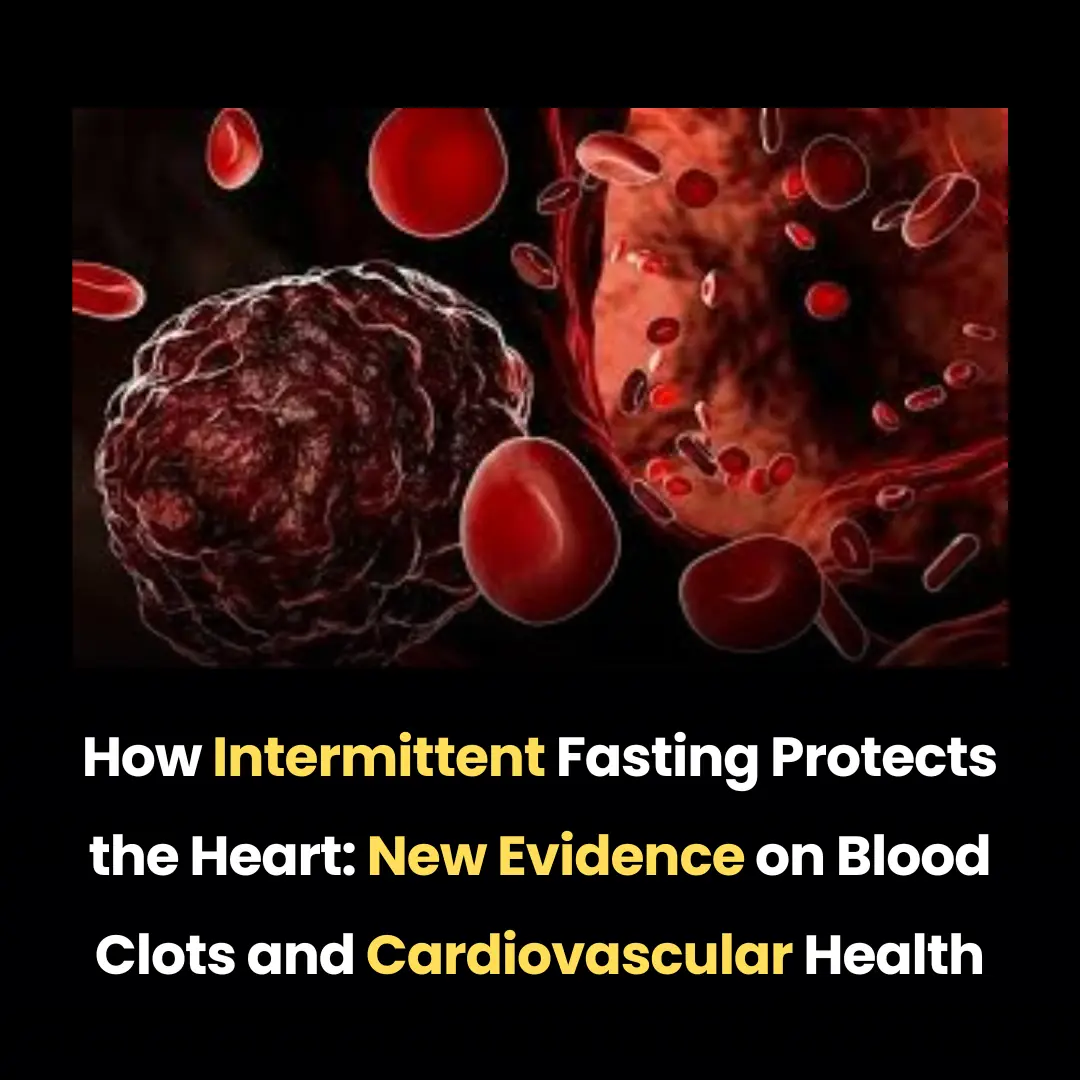
How Intermittent Fasting Protects the Heart: New Evidence on Blood Clots and Cardiovascular Health
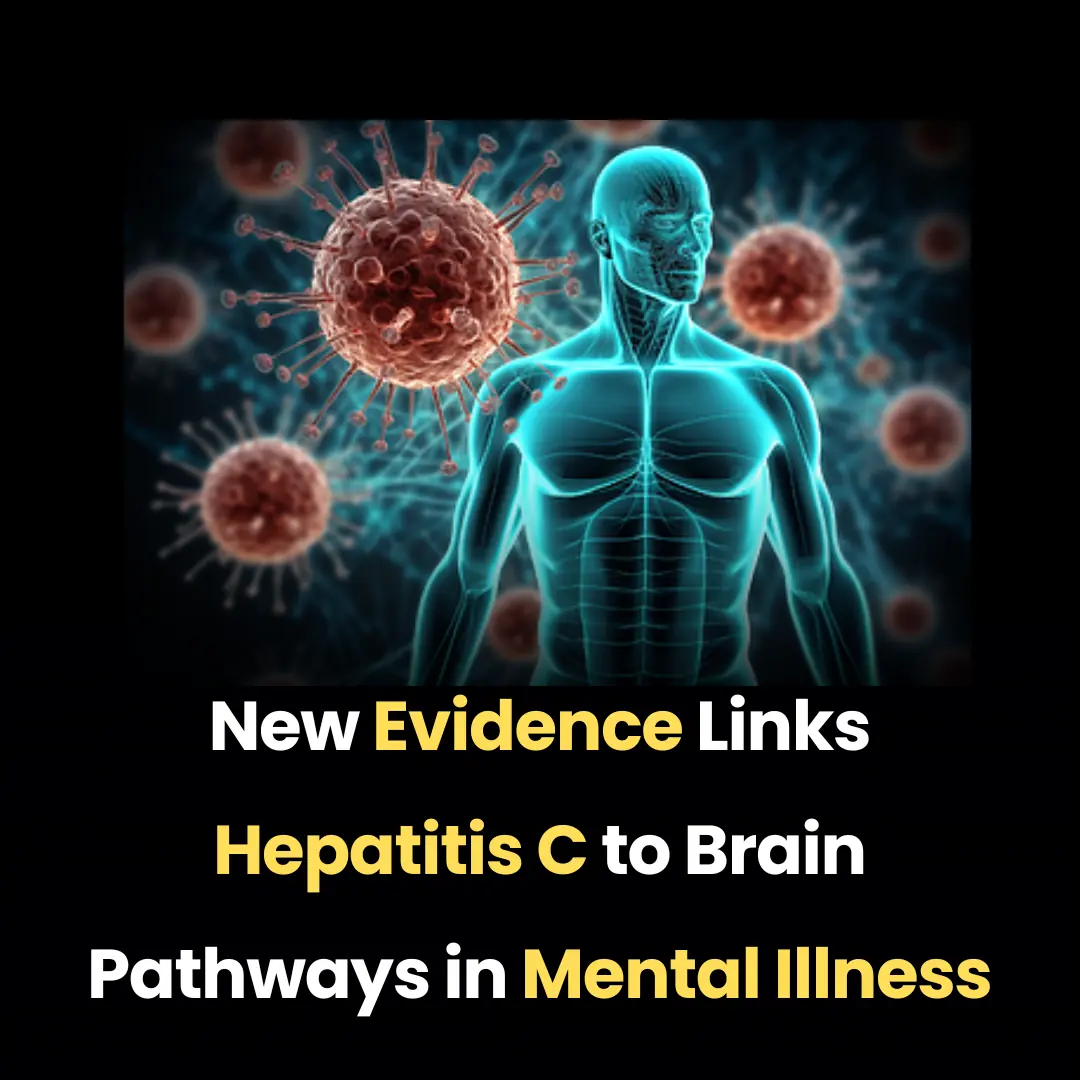
New Evidence Links Hepatitis C to Brain Pathways in Mental Illness

If You See a Woman Wearing a Wedding Ring On Her Pinky, Here's What It Means
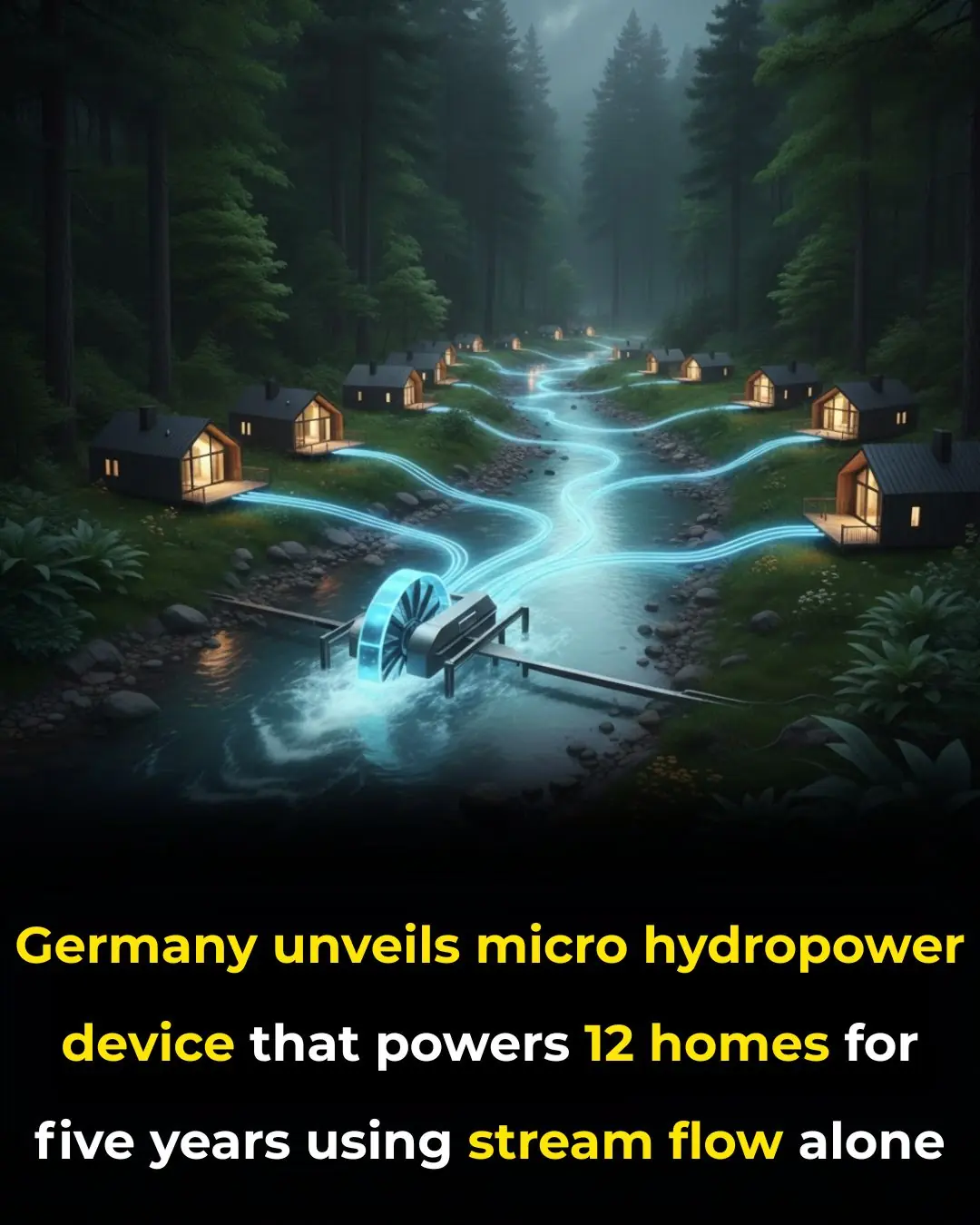
Reinventing Renewable Energy: Germany Launches Compact Turbine for Off-Grid Power

Rethinking Depression: New Brain-Imaging Research Reveals It’s More Than a Chemical Imbalance

Seventeen Years Lost: How a Look-Alike Helped Free an Innocent Man

You Must Live Without One Modern Comfort — Your Choice Reveals Who You Really Are

Why do foreigners use electric kettles so little even though they are very convenient?
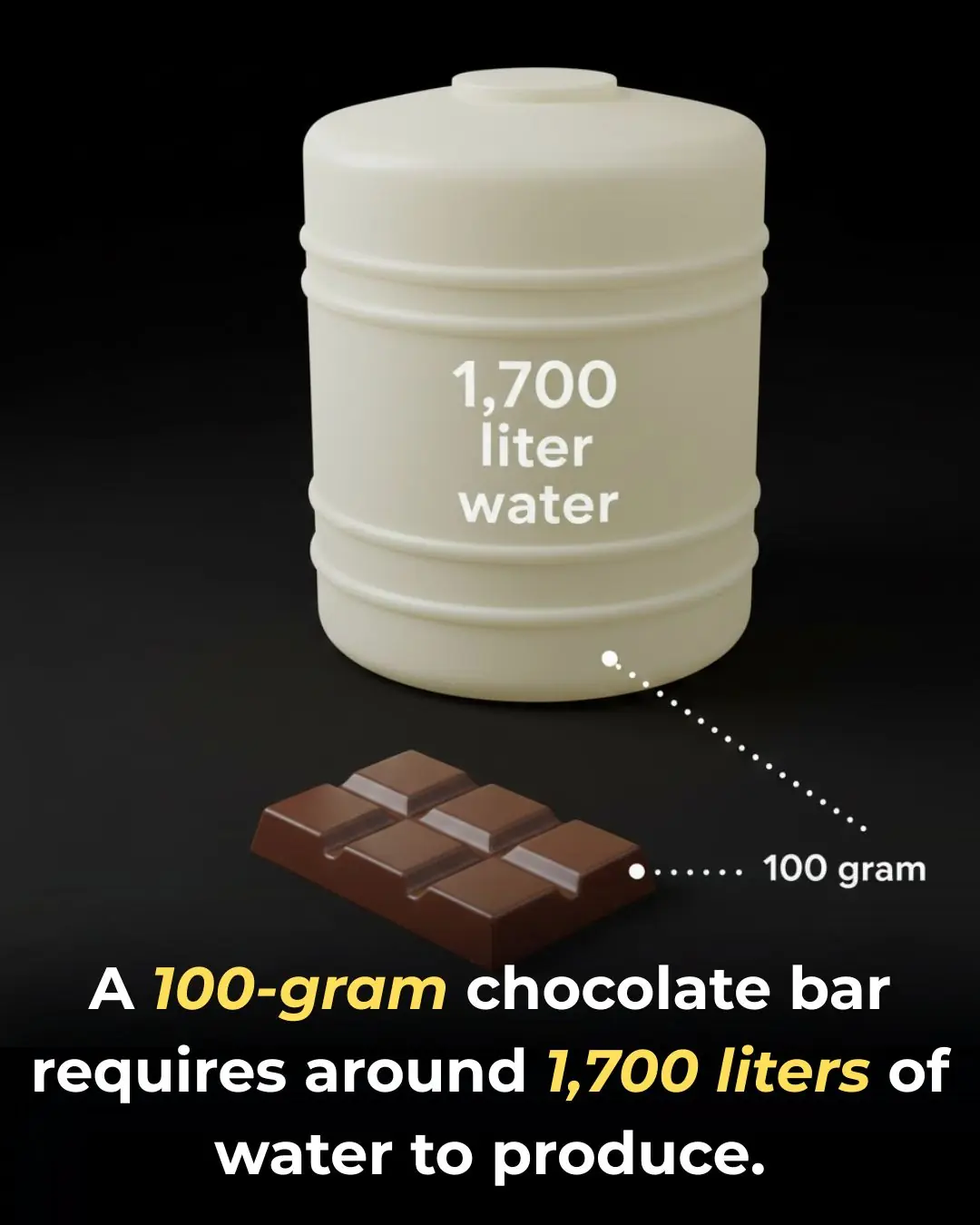
How Poor Sitting Posture Impacts Your Spine, Muscles, and Overall Health
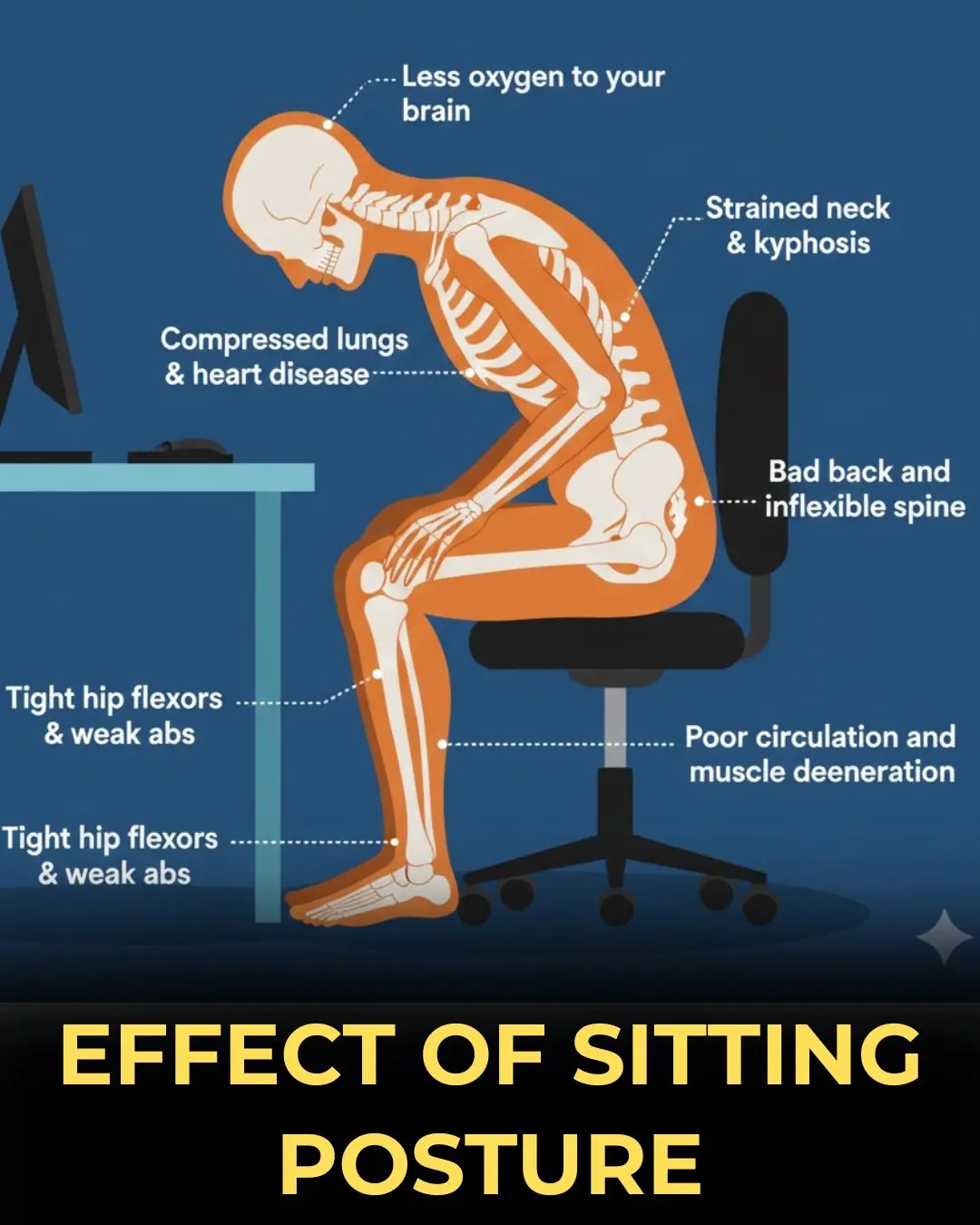
Understanding the Long-Term Consequences of Poor Sitting Posture
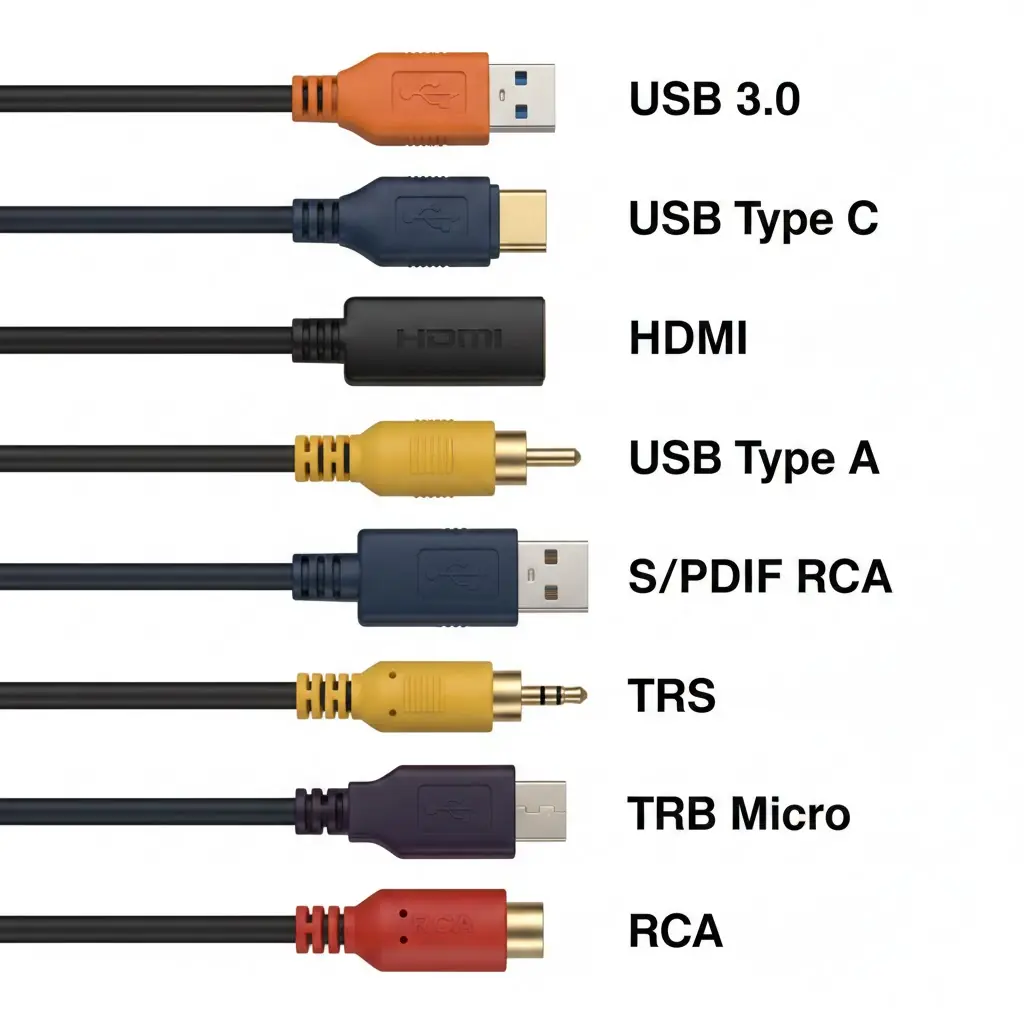
A Complete Guide to Common Cable Types and How They Keep Devices Connected
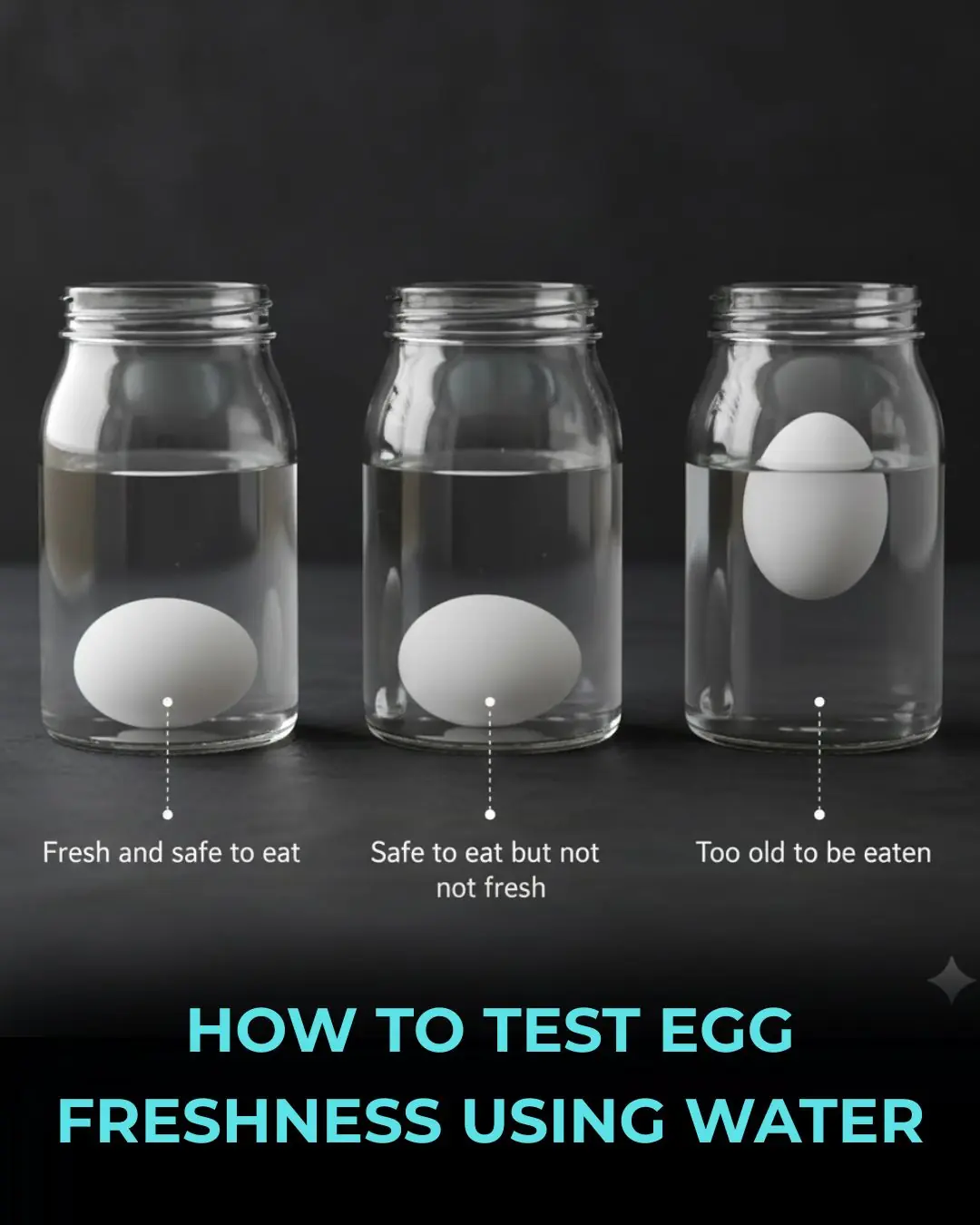
Egg Freshness Explained: What Sinking, Tilting, and Floating Really Mean

A Sleeping Giant Stirs: Taftan Volcano Experiences Uplift Driven by Shallow Gas Pressure

The Healing Power of Touch: How Hugs Support Emotional Balance and Immune Health

Why Sleeping in Socks Might Be the Secret to Better Sleep
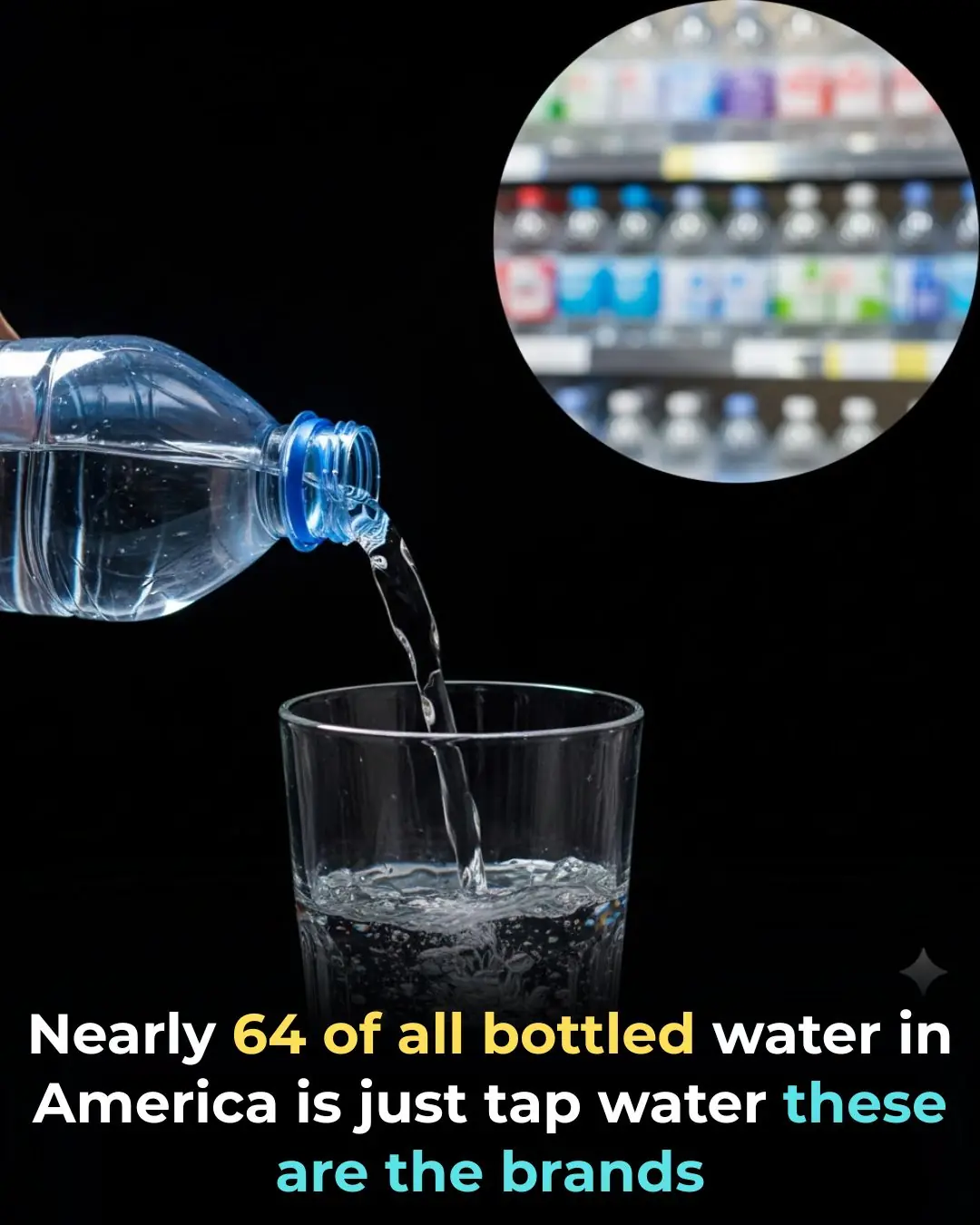
Think Bottled Water Is Safer Think Again

Can Eggs Protect Your Mind? Emerging Evidence Suggests a Cognitive Benefit
News Post

Injectable Gel Breakthrough Brings New Hope for Nerve Regeneration
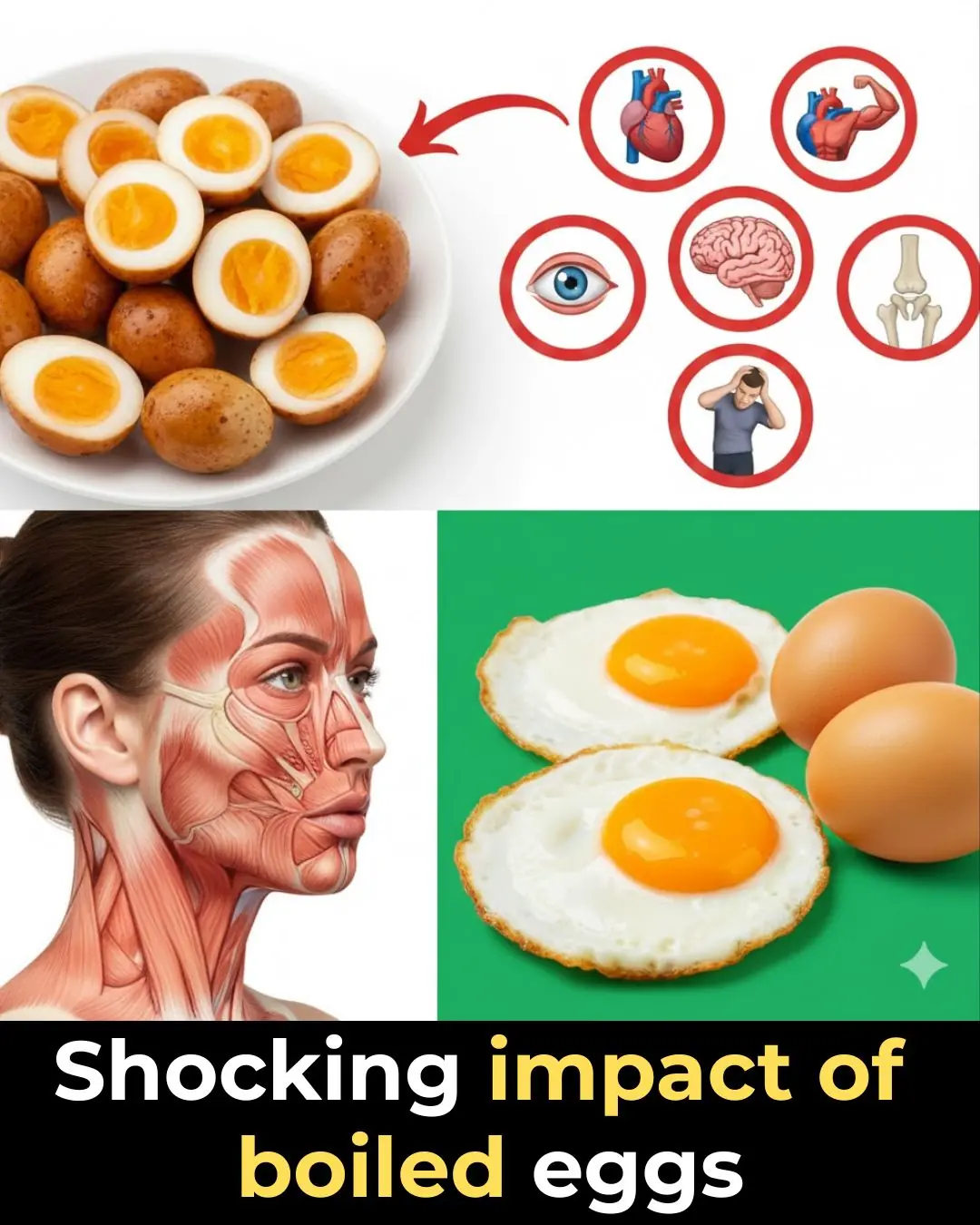
Why Boiled Eggs Deserve a Spot on Your Breakfast Table

Goodbye Synthetic Dyes: Doritos Join the Push for Cleaner, Transparent Ingredients

How Intermittent Fasting Protects the Heart: New Evidence on Blood Clots and Cardiovascular Health

New Evidence Links Hepatitis C to Brain Pathways in Mental Illness
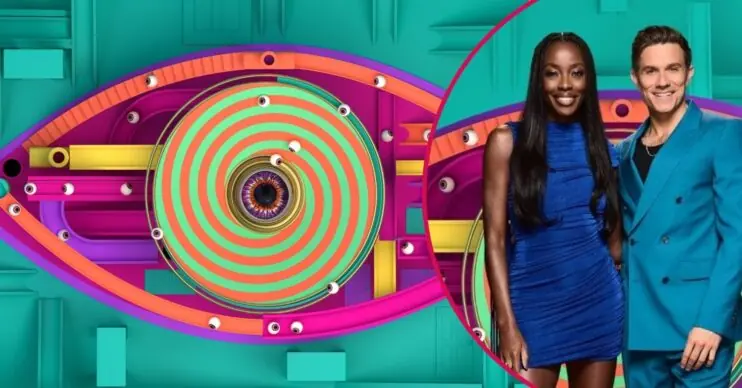
ITV breaks silence as Celebrity Big Brother is ‘axed from ITV schedule’

Peter Andre teases ‘special’ project with wife Emily: ‘We are having exciting meetings’

🚫 When to Avoid Ginger — 6 Medical Conditions That May Be Affected

What Happens to Your Body When You Eat Canned Tuna Every Day

I’m A Celebrity star Kelly Brook’s husband reveals when he’s flying out to Australia

Kris Jenner shows support for Meghan Markle weeks after Kardashians photo scandal

Inside Angry Ginge’s ‘bromance’ with Angry Ginge – how they met; ‘going to war’ over diss track; huge ‘risk’ that ‘paid off’

Ant McPartlin’s tattoos explained – tribute to wife Anne-Marie; uproar over ‘missing’ family member; nod to his recovery

Emmerdale disaster incoming: Bear’s fate ‘sealed’ as Joshua Richards makes devastating admission
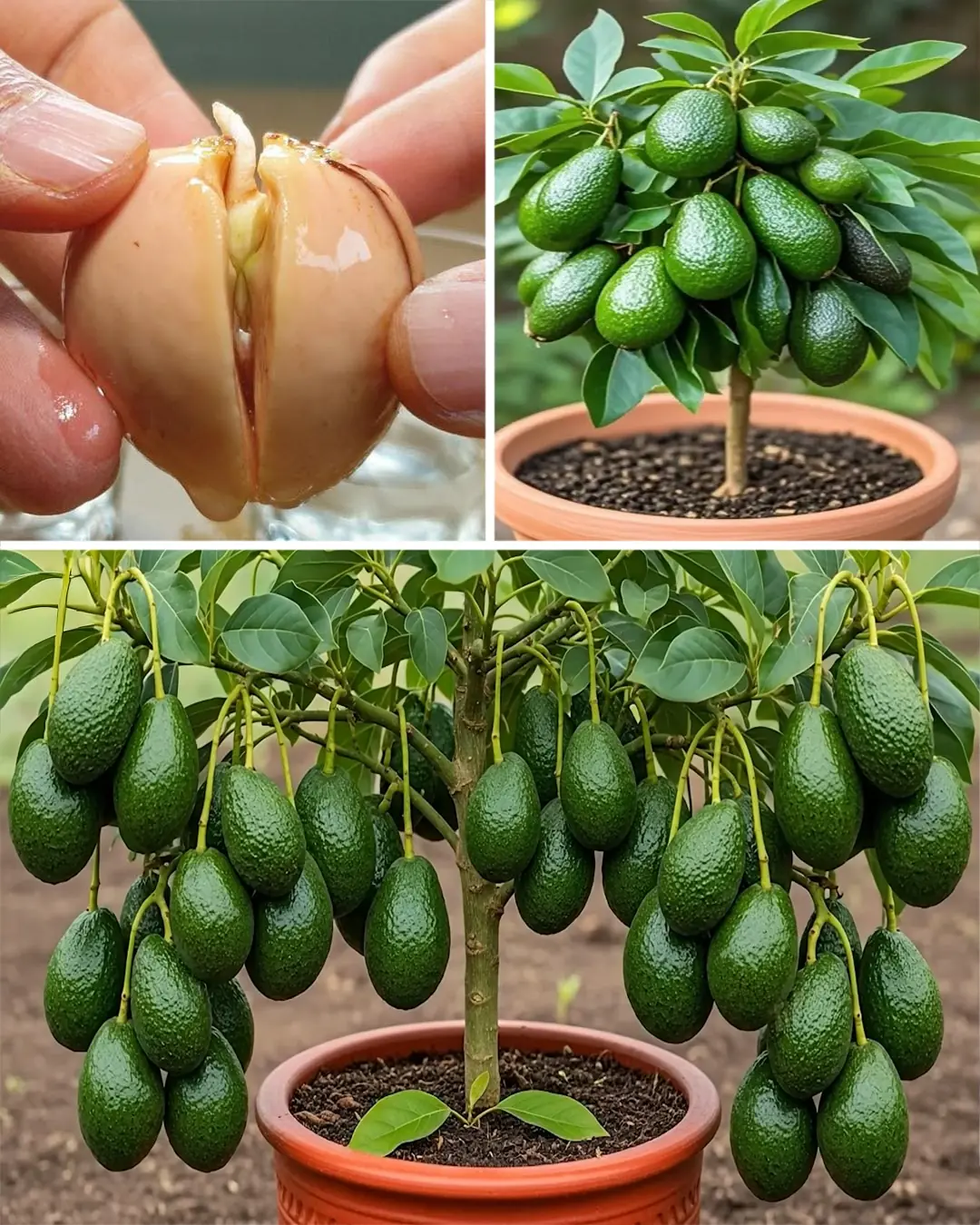
How Do Farmers Grow Avocado Trees

Robron plot Kev’s downfall – but Emmerdale fans declare they ‘love him’

If You See a Woman Wearing a Wedding Ring On Her Pinky, Here's What It Means

2-Minute Painless Hair Removal: Natural At-Home Solution
